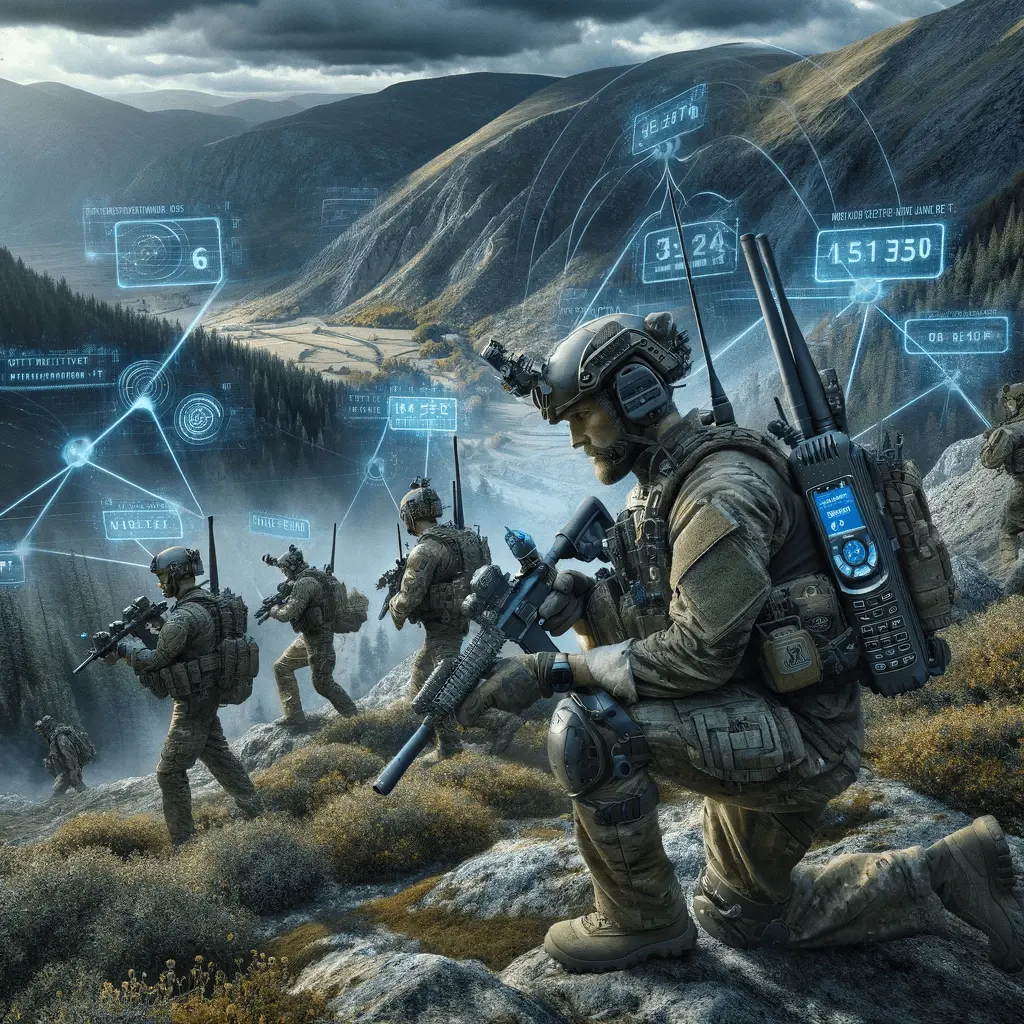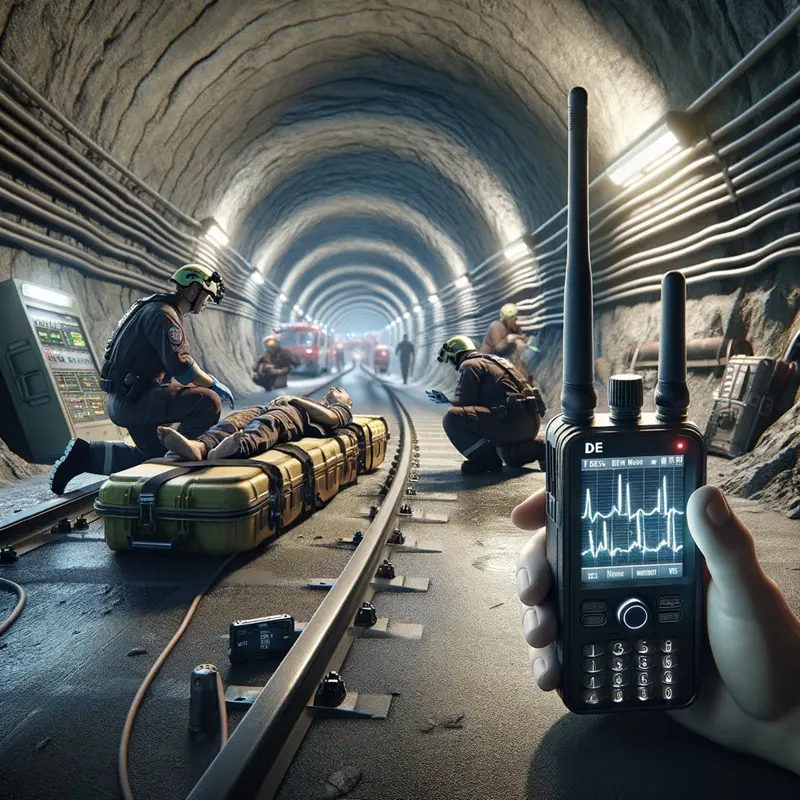Endoacustica offers, Exclusive Customer Service and free Training
COFDM IP PTT Mesh Radio for Critical Scenarios
- Reliable in Tunnels and Underground
- Available in S Band
- Advanced Encryption
- Compact Design
- Seek & Avoid Function - E-Smart
prod cod: PTT-Mesh-Radio

Free customer service:
📞 Pre-Sale assistance
🧑💼 Dedicated consultation service
🛠️ After-Sales 🎓 Training and Support
🆘 Technical and operational support








